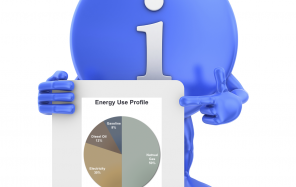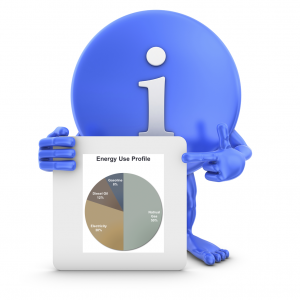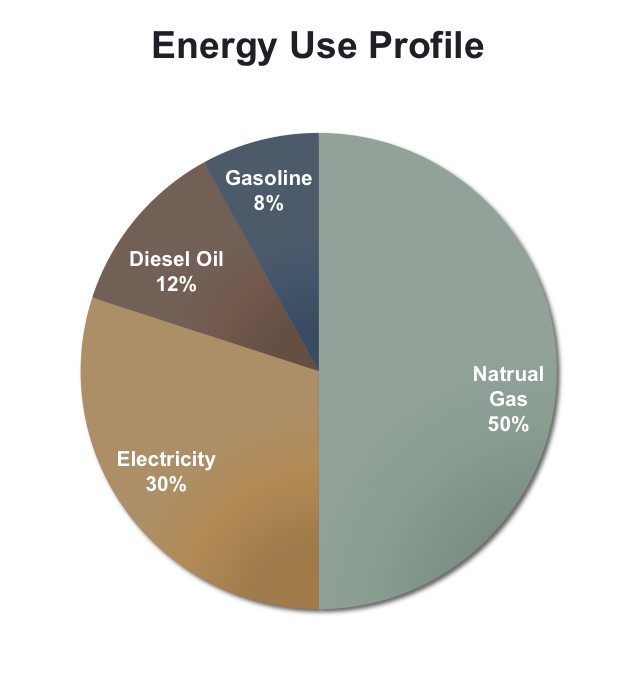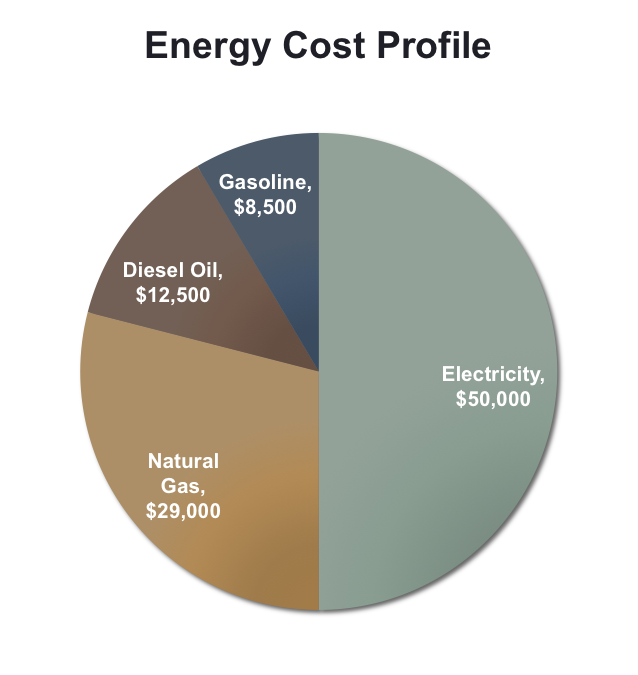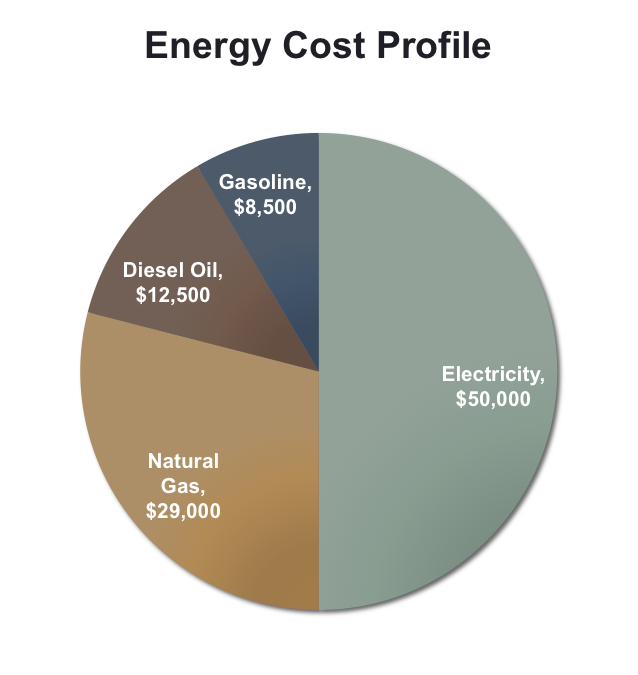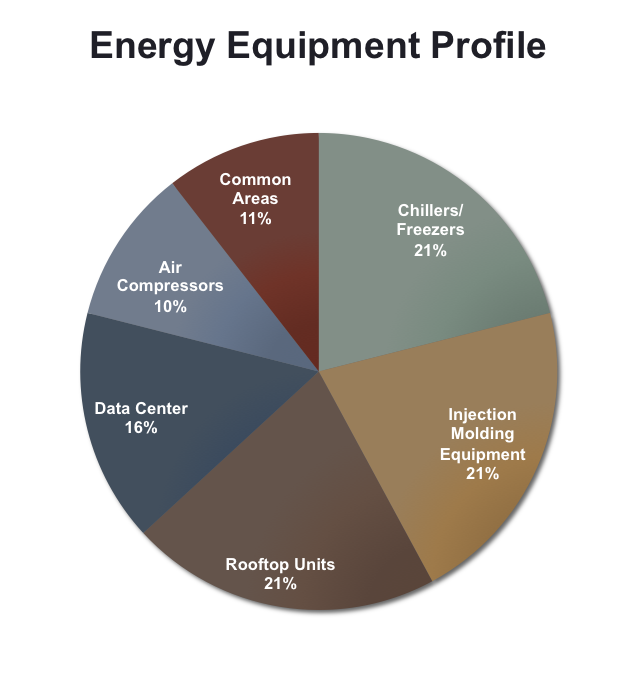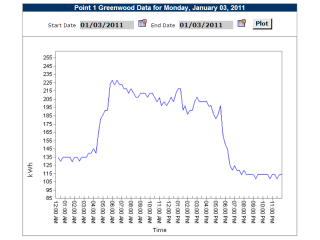 You can’t manage what you don’t measure. That’s a common phrase that many people use but it can be difficult for building owners and property managers – especially when dealing with older buildings with legacy systems. In September 2011, Verdantix, an independent analyst firm focused on energy, environment, and sustainability issues, released a report in which they said, “Optimizing enterprise-wide energy consumption… is a big prize that firms are waking up to. But the vast diversity of energy-consuming assets- lights, security systems, HVAC, boilers, elevators, servers, routers, and manufacturing equipment-means no single application will collect the data from all energy-consuming end points.”
You can’t manage what you don’t measure. That’s a common phrase that many people use but it can be difficult for building owners and property managers – especially when dealing with older buildings with legacy systems. In September 2011, Verdantix, an independent analyst firm focused on energy, environment, and sustainability issues, released a report in which they said, “Optimizing enterprise-wide energy consumption… is a big prize that firms are waking up to. But the vast diversity of energy-consuming assets- lights, security systems, HVAC, boilers, elevators, servers, routers, and manufacturing equipment-means no single application will collect the data from all energy-consuming end points.”
A recent article in Control Engineering noted that the key to successfully implementing an effective energy management program is system integration. This is the only way to simultaneously measure all of the energy-consuming systems that provide heating, cooling, lighting, etc… Unfortunately, this sounds easier than it usually turns out to be. One reason is that most of the energy management products available on the market only address one piece of the energy management puzzle. Another is that these same products are also built on proprietary platforms such that they can’t talk to other solutions that may solve those other pieces.
The Future of Energy Management
The Control Engineering article has the following to say about the benefits of implementing an integrated, enterprise-wide energy management solution:
In May 2012, Verdantix released a report titled “The Future of Energy Management” based on a survey of 210 corporate executives from around the globe with responsibility for making decisions about corporate energy use.
The survey subjects represented companies with at least $250 million in annual revenue in 21 industries. Nearly half the respondents said they plan to make “significant” changes in the way in which they manage energy over the next two years. The survey also revealed that 35% of corporations already have a global energy strategy that revolves around central decision making.
That’s a major shift-especially in the manufacturing sector-from the long-standing practice of allowing corporate divisions, or even individual plants, to make their own energy-management decisions. In fact, 40% of the companies represented in the Verdantix survey still make those decisions at the national level, while 21% still make them at the local level. But it’s clear that those numbers are changing.
“Corporations really are catching on to the strategic importance of energy management,” declares Janet Lin, a senior manager at Verdantix and co-lead of its energy practice. “They also are realizing that central decision making is the foundation for strategic energy management.”
As companies move toward strategic energy management, Lin says they ultimately will find themselves adopting new technology, and they would be well served to heed sound IT project management practices when doing so.
Chief among those practices is determining exactly what the organization wants to accomplish before purchasing any new technology. When it comes to energy management, Lin advises companies to “first look at their usage scenario and pick the category of software with the appropriate functionality.” That method is likely to lead to an incremental approach to implementing comprehensive energy management, starting with the scenarios and solutions that provide the quickest payback.
General Motors saved $50 million in energy costs and reduced its energy intensity 25 percent by working with SAIC to integrate its systems. Since the partnership began 10 years ago, SAIC has executed more than $75 million in energy management projects across multiple contracts for GM, and helped GM avoid more than 778,000 metric tons of excessive greenhouse gas emissions.

Communication Protocols
Feras Karim, SAIC senior systems engineer, talks about the difficulties associated with getting these systems to talk to one another. In the past, this has proven very difficult due to the proprietary nature of communication protocols. However, more recently vendors have developed intelligent devices that make them easier to connect to one another. “We can now work with protocol gateway translators,” Karim says. “So if you have systems that talk BACNET, LON, Modbus, Modbus TCP OPC, or other major protocols, you can have a single point to coordinate between different types of devices for a reasonable cost. Previously, if you couldn’t afford an expensive system, you couldn’t do this type of integration.”
For those companies who invest the time and money into these energy management systems, the payback can be substantial. “Just a simple building tune-up, making HVAC equipment more efficient, can render savings of 5% to 15%,” Karim says. “When you go beyond that and start doing things like data mining and making adjustments to implement best practices in scheduling facility and production equipment, you can yield up to a 45% reduction in energy use.”
If you’re interested in a free energy audit, please see how you can Use less energy with our Jump Start Program.

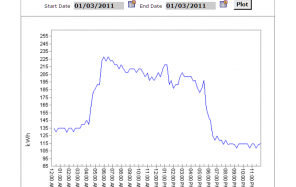
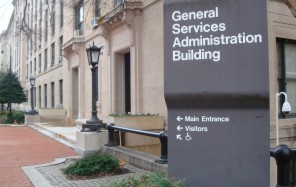
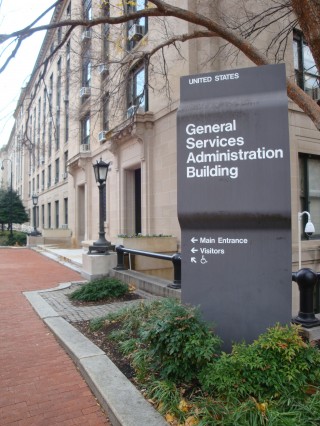
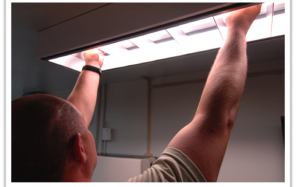

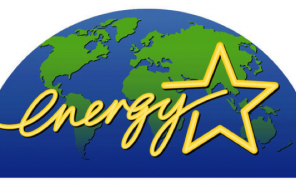
 Energy Star Portfolio Manager
Energy Star Portfolio Manager


